Trump and Putin hold landmark call on Ukraine war negotiations
- Update Time : Friday, February 14, 2025
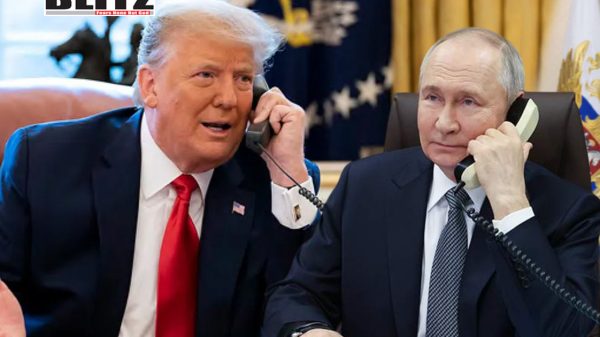
In a significant diplomatic development, President Donald Trump spoke for 90 minutes with Russian President Vladimir Putin on February 12, signaling a major shift in US foreign policy toward the war in Ukraine. The call, described by Trump as “lengthy and highly productive,” marks the first known conversation between the two leaders since Trump returned to the White House for a second term. Most notably, Trump has directed his national security team to “immediately” begin negotiations aimed at ending the conflict between Russia and Ukraine.
Trump, in a post on Truth Social, stated that his discussion with Putin covered a range of topics, including Ukraine, the Middle East, energy, artificial intelligence, and the role of the US dollar in the global economy. However, the most consequential outcome of the call was the mutual agreement on the need to end Russia’s war with Ukraine.
The call came just a day after Russia released Pennsylvania school teacher Marc Fogel, who had been serving a 14-year sentence and was considered wrongfully detained by the US. This move has been perceived as a possible goodwill gesture ahead of diplomatic efforts.
Beyond the war, Trump emphasized that he and Putin acknowledged “the great benefit that we will someday have in working together.” The two leaders also agreed to visit each other’s nations, though details of these visits remain unclear.
Trump has tapped key members of his national security team to spearhead the negotiation process. Among those assigned are Secretary of State Marco Rubio, CIA Director John Ratcliffe, National Security Adviser Michael Waltz, and Middle East envoy Steve Witkoff. The inclusion of such high-profile officials underscores the urgency and seriousness with which the Trump administration is approaching the peace process.
Speaking from the Oval Office later in the day, Trump suggested that his first in-person meeting with Putin of this new term might take place in Saudi Arabia, an increasingly influential diplomatic hub. He reiterated that Putin “wants peace” and desires an end to the war. This characterization, however, stands in contrast to Moscow’s ongoing military operations in Ukraine and past rejections of peace talks on Kyiv’s terms.
Shortly after his conversation with Putin, Trump also spoke with Ukrainian President Volodymyr Zelenskyy. Zelenskyy, in a post on X (formerly Twitter), reiterated Ukraine’s desire for peace while emphasizing the need to counter Russian aggression. He stated that Ukraine is “charting our next steps to stop Russian aggression and ensure a lasting, reliable peace.”
Trump, in another statement on Truth Social, described the conversation with Zelenskyy as having gone “very well” and stressed that it was “time to stop this ridiculous War, where there has been massive, and totally unnecessary, DEATH and DESTRUCTION.”
Trump’s peace efforts, however, are coming with significant strategic shifts. US Defense Secretary Pete Hegseth has already signaled that US support for Ukraine’s NATO membership is off the table. Speaking ahead of a closed-door meeting of the Ukraine Defense Contact Group, Hegseth declared that “security guarantees [for Ukraine] should not be provided through NATO membership, but must instead be backed by capable European and non-European troops.”
This marks a substantial departure from the Biden administration’s approach, which had strongly supported Ukraine’s path to NATO membership. The exclusion of NATO membership from future peace talks is likely to alarm Kyiv, which has long viewed alliance inclusion as a critical security assurance against future Russian aggression.
Hegseth also cast doubt on Ukraine’s goal of reclaiming all its territory, calling the ambition to restore borders to pre-2014 levels “unrealistic.” These remarks suggest that any forthcoming negotiations will likely involve territorial concessions, a prospect that is deeply unpopular in Ukraine.
Further complicating the dynamics, Trump has linked continued US aid to Ukraine with economic concessions, particularly access to the country’s rare earth minerals. In an interview with Fox News, he revealed that aid would be contingent on Ukraine agreeing to a trade deal that grants the US significant access to its rare earth resources.
“We are going to have all this money in there, and I say I want it back. And I told them that I want the equivalent, like $500 billion worth of rare earth,” Trump said. “They have essentially agreed to do that, so at least we don’t feel stupid.”
Trump’s transactional approach to military aid represents a stark shift from previous administrations, which provided assistance based on security considerations rather than economic returns.
Trump has been a vocal critic of continued US military aid to Ukraine, a stance that has fueled concerns in Kyiv and among European allies. Since Russia’s full-scale invasion began in February 2022, the US has provided more than $65 billion in military assistance to Ukraine.
Trump’s suggestion that parts of Ukraine “may be Russian someday, or they may not be Russian someday,” as stated in his Fox News interview, has sent shockwaves through Kyiv and NATO capitals. His comments indicate a potential openness to Russia maintaining control over Ukrainian territories it currently occupies, including Crimea and the Donbas region.
Ukraine has repeatedly rejected any settlement that would legitimize Russian territorial gains, maintaining that its sovereignty and territorial integrity must be fully restored. However, with Washington signaling a shift in priorities, Kyiv may find itself under increasing pressure to make concessions in future talks.
Vice President JD Vance is set to meet with Zelenskyy at the Munich Security Conference later this week. His discussions will likely focus on how Ukraine navigates these new realities, particularly as Trump’s administration appears intent on reshaping the US role in the war.
Vance, known for his America-first stance, has echoed Trump’s skepticism about unlimited aid to Ukraine. His meeting with Zelenskyy will be closely watched for signs of how the new administration plans to handle its European partnerships and Ukraine’s future.
Trump’s diplomatic push, while ambitious, faces significant hurdles. Russia has continued its military offensives in Ukraine, showing no indication of retreating from occupied territories. Meanwhile, Ukraine remains firm on its demands for complete territorial restoration and NATO membership.
As negotiations begin, Trump’s strategy will be tested. Can he broker a deal that ends the war while maintaining US influence in Europe? Will his economic-based approach to foreign policy yield results, or will it alienate key allies? With high stakes and global ramifications, the coming months will determine whether Trump’s bold diplomatic move leads to peace or another geopolitical standoff.


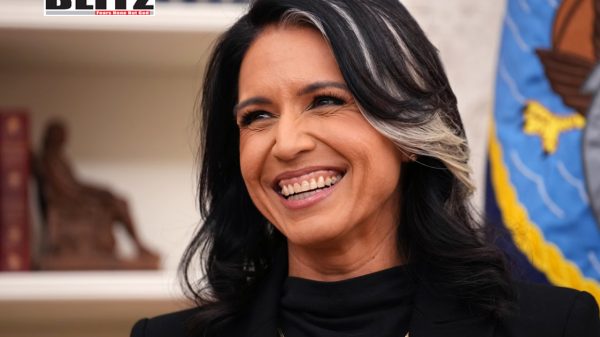
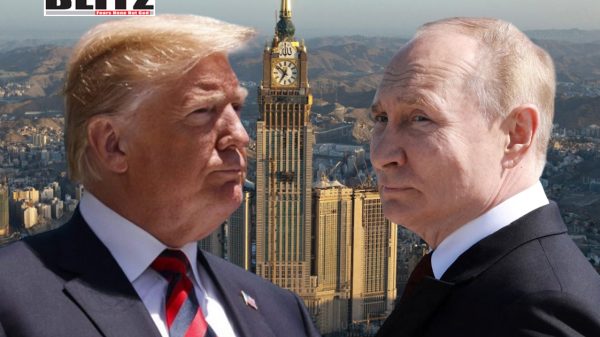
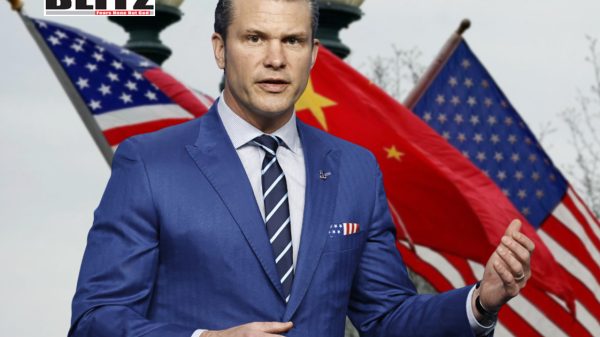
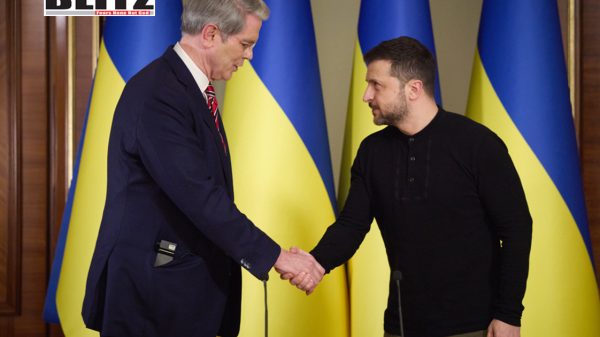
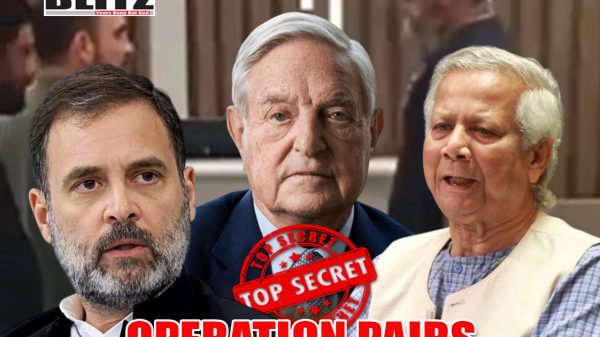
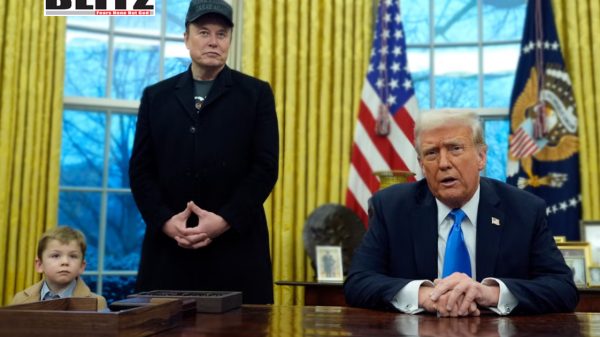
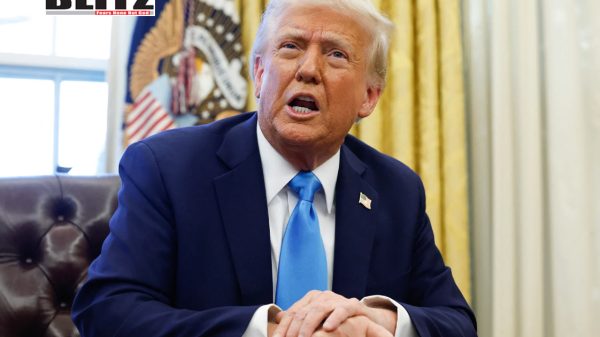
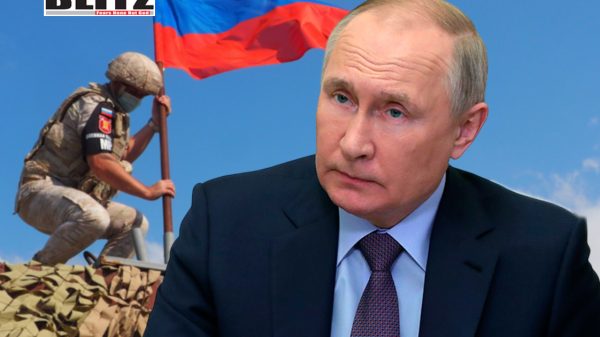




Leave a Reply